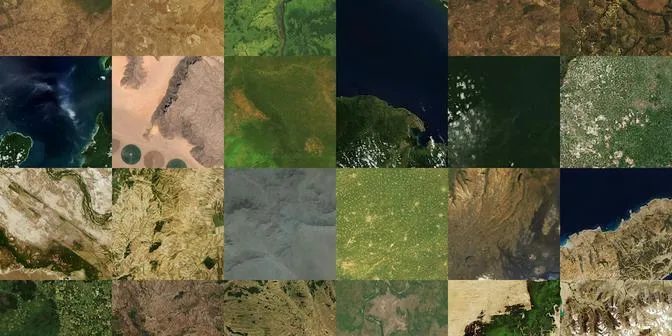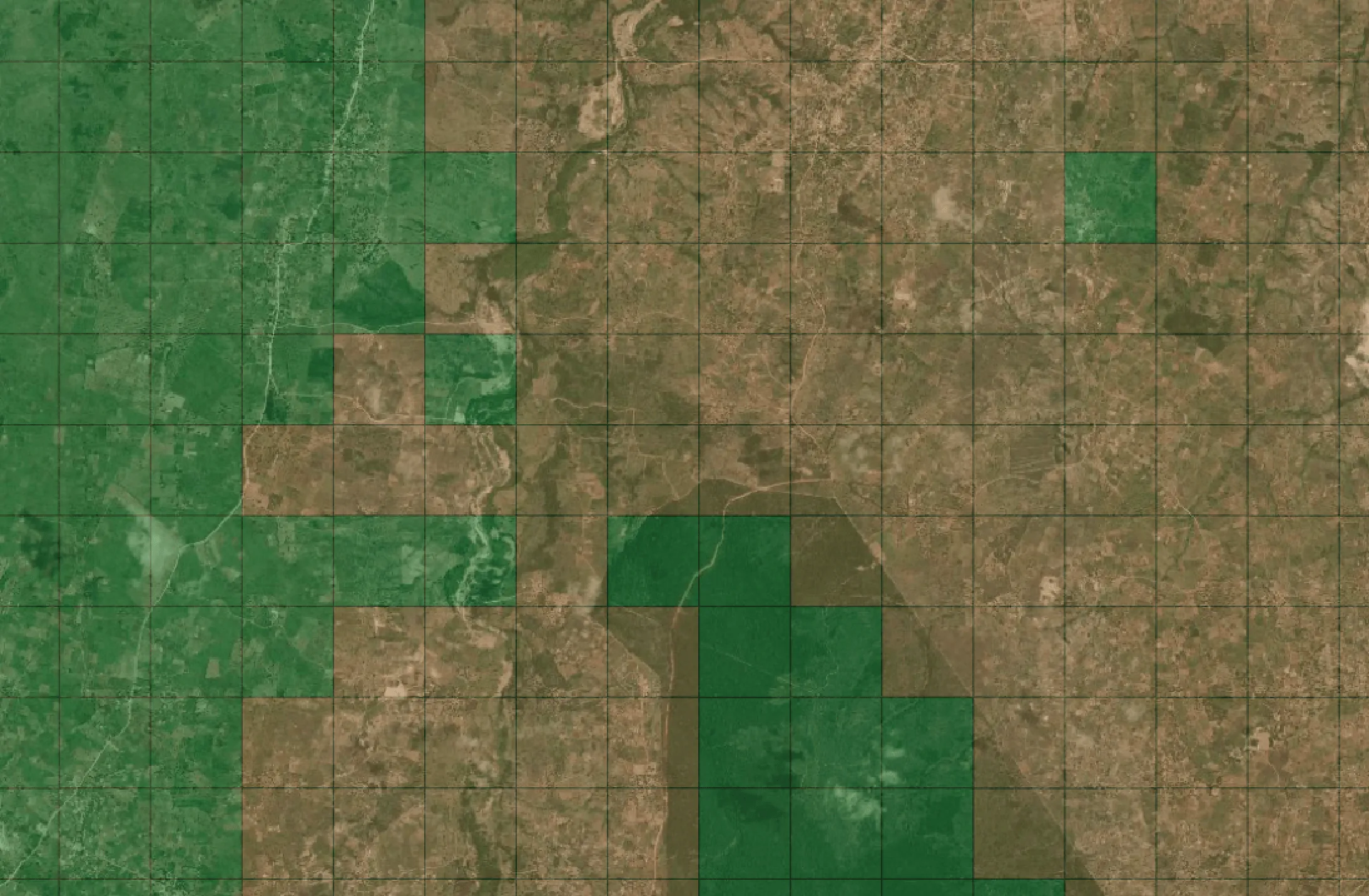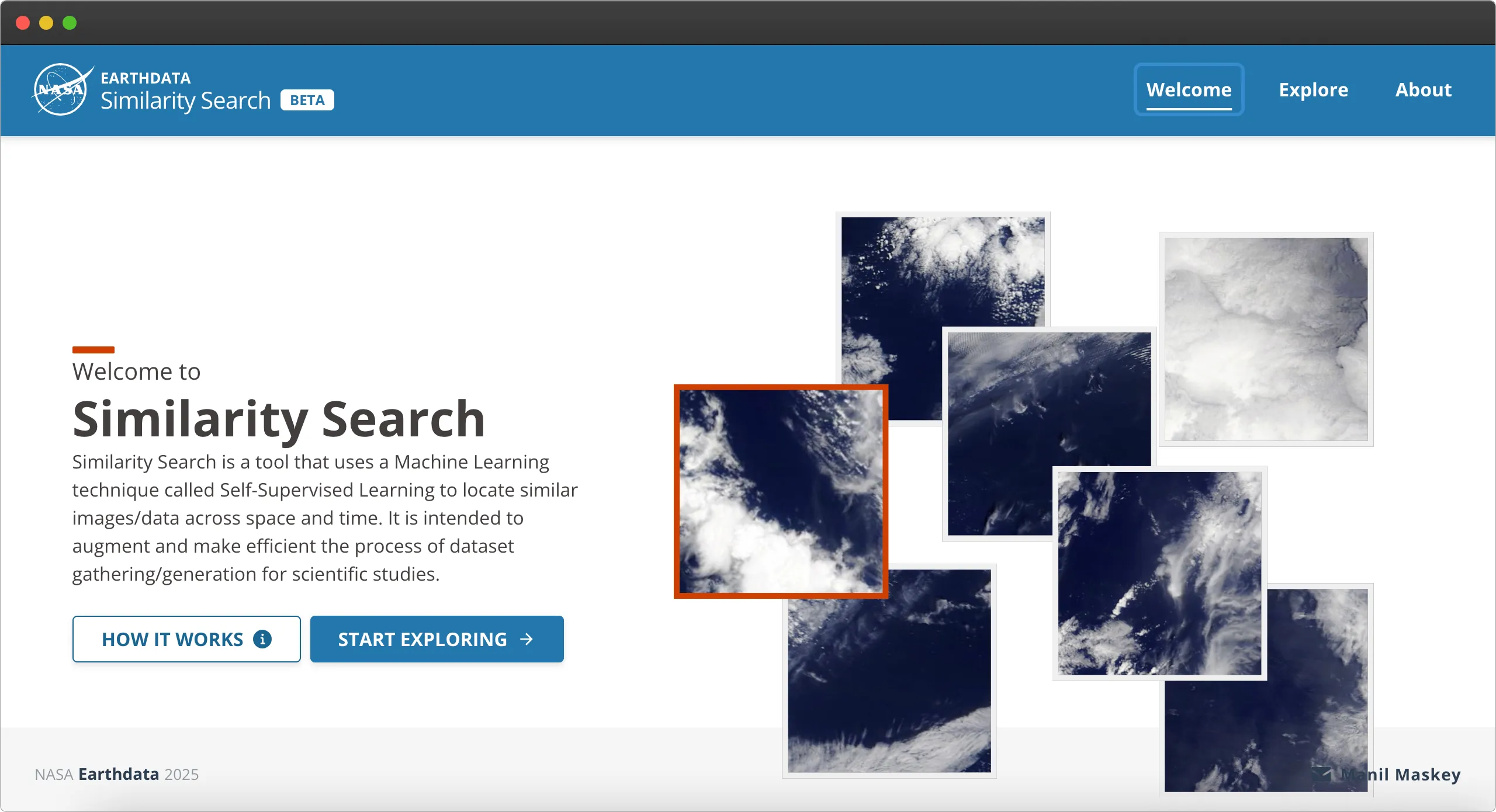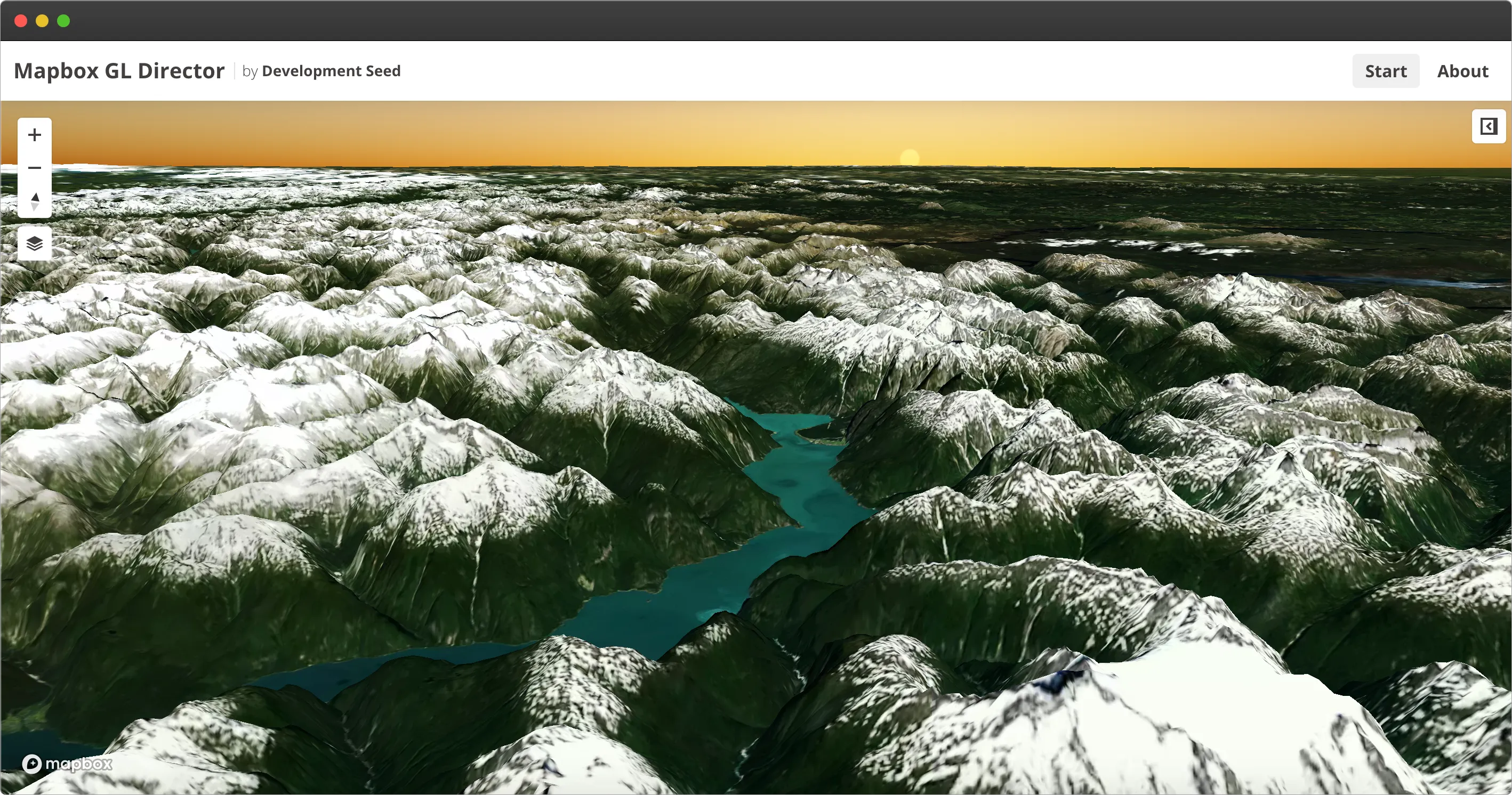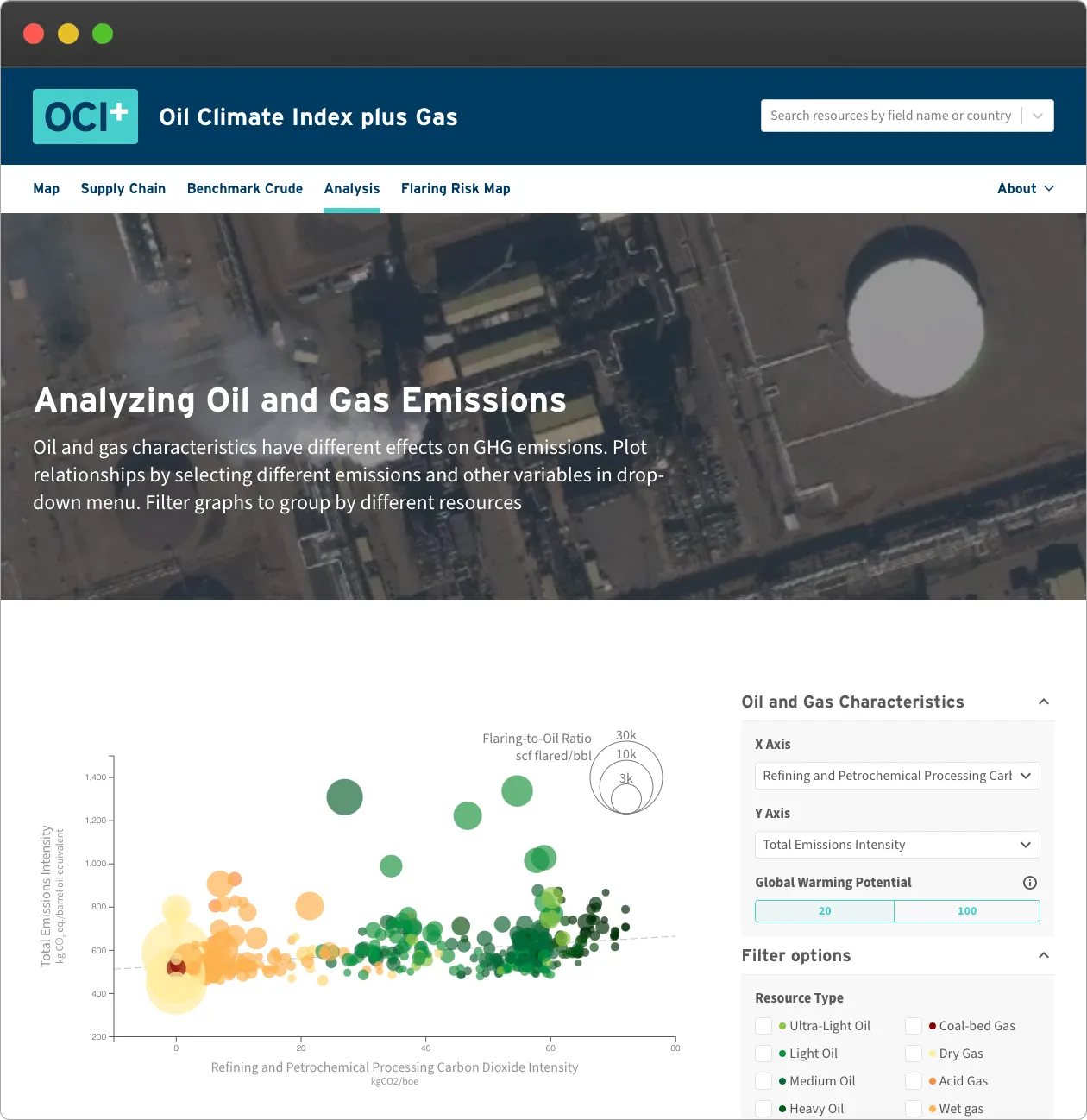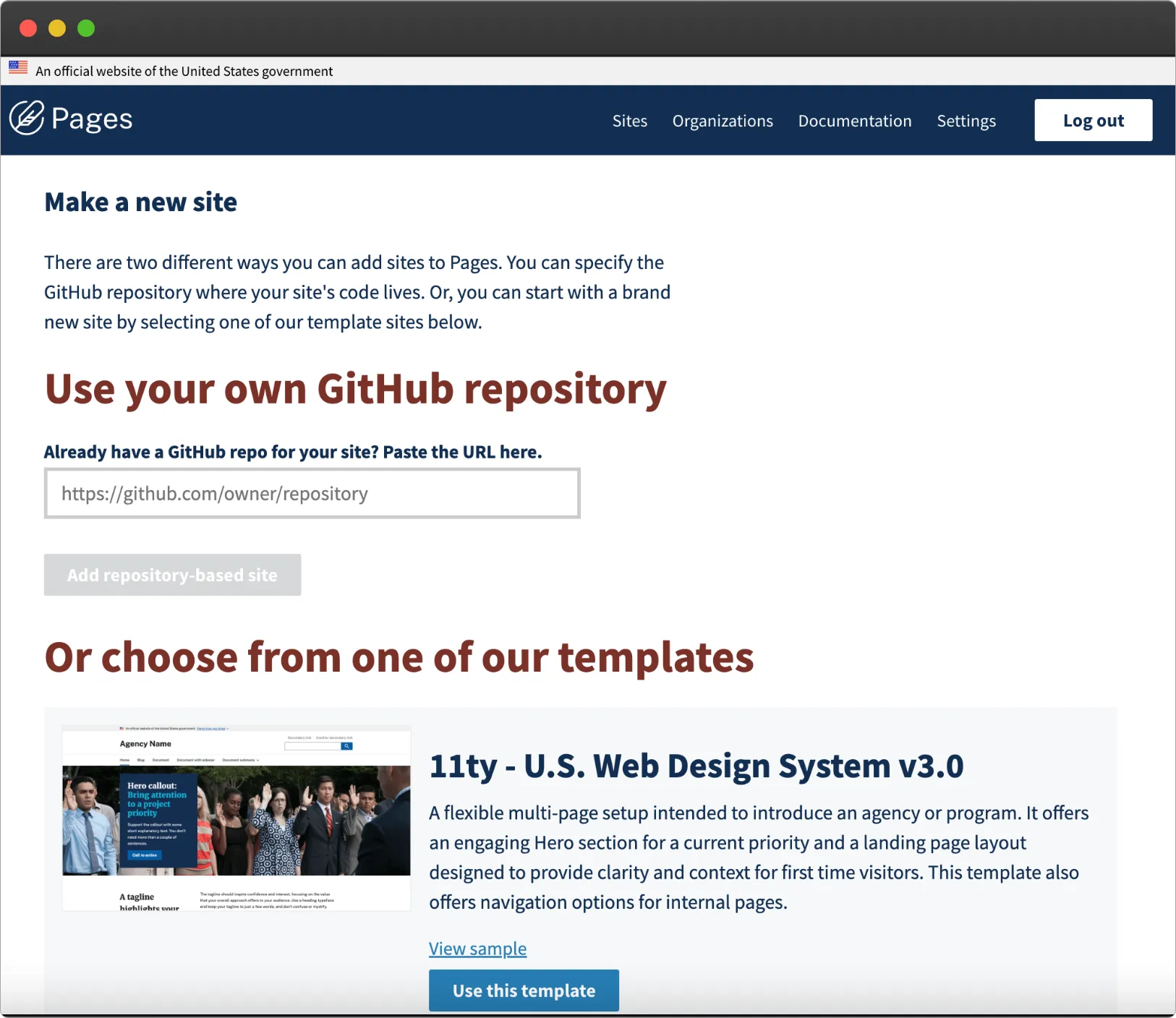About me
Hi, I'm Drew! I've worked in software development for over ten years. I've primarily focused on backend tasks like cloud architecture, API development, and data processing. I'm also happy to write frontend code, React or otherwise, especially for data visualizations. I've worked on many machine learning and data analysis projects, particularly those involving satellite imagery.
I'm a strong communicator and I've given multiple conference talks. I enjoy mentoring early-career engineers and participating in setting engineering standards across an organization.
I currently work at Brightband. I previously worked at Development Seed, Cloud.gov, and Capital One.
